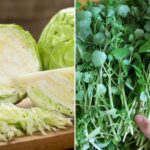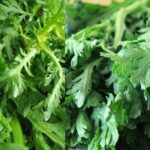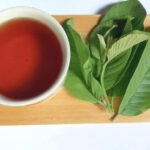Brown rice has become a familiar “companion” to many diabetics in recent years. With a glycemic index (GI) of around 55 – significantly lower than that of white rice (around 76) – brown rice is considered a smart choice for effective blood sugar control.
Dr. Tran Thi Tra Phuong, a nutritionist at Tam Anh Hanoi General Hospital, shared with VnExpress: “Brown rice is not only rich in starch but also contains high amounts of fiber, B-group vitamins, minerals, and antioxidants. These nutrients help reduce inflammation, improve insulin sensitivity, and support the production of red blood cells and efficient energy metabolism.”
However, to maximize the benefits of brown rice, diabetics should keep in mind the following principles:
Choose the right type of brown rice
The market offers various types of brown rice, such as red, black, brown, and charcoal purple. According to Dr. Tra Phuong, black, charcoal purple, and brown rice have a lower glycemic index and are more nutritious. It is recommended to choose the type that still has its husk to ensure maximum retention of these valuable nutrients.
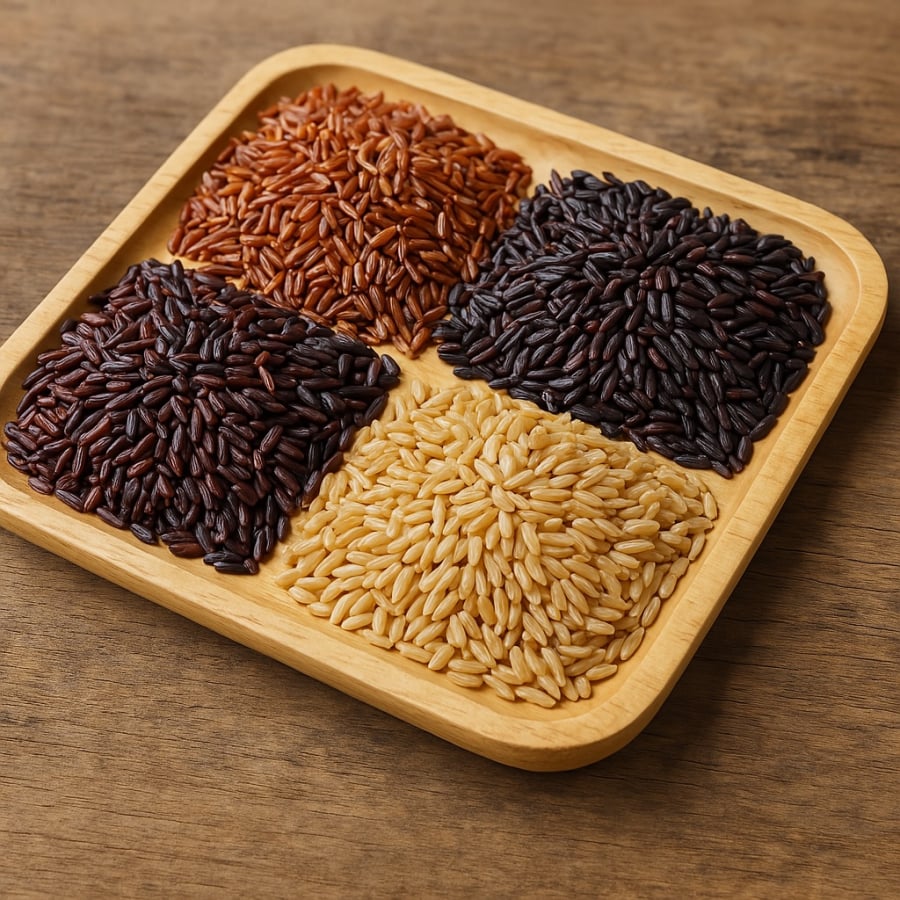
Practice portion control
Even though it is a healthy food, brown rice is still a source of starch. Doctors advise that carbohydrates should account for about 55% of daily calorie intake. For someone consuming 2,000-2,200 calories per day, the recommended amount of carbohydrates is approximately 300g.
“However, specific portions should be adjusted based on individual health status, activity level, and personal carbohydrate response,” emphasized Dr. Tra Phuong in Suckhoedoisong Newspaper.
Combine foods intelligently
To achieve nutritional balance, the American Diabetes Association suggests a golden ratio for meals: 25% brown rice/other starches, 50% non-starchy vegetables, and 25% lean protein. Foods like skinless chicken, steamed fish, and tofu are excellent choices to pair with brown rice.
Prepare it right
According to a study published in the American Journal of Clinical Nutrition, the method of preparation significantly impacts the glycemic index of brown rice. Steaming is the best option, followed by traditional boiling. Using a pressure cooker or a dedicated rice cooker is also suitable.
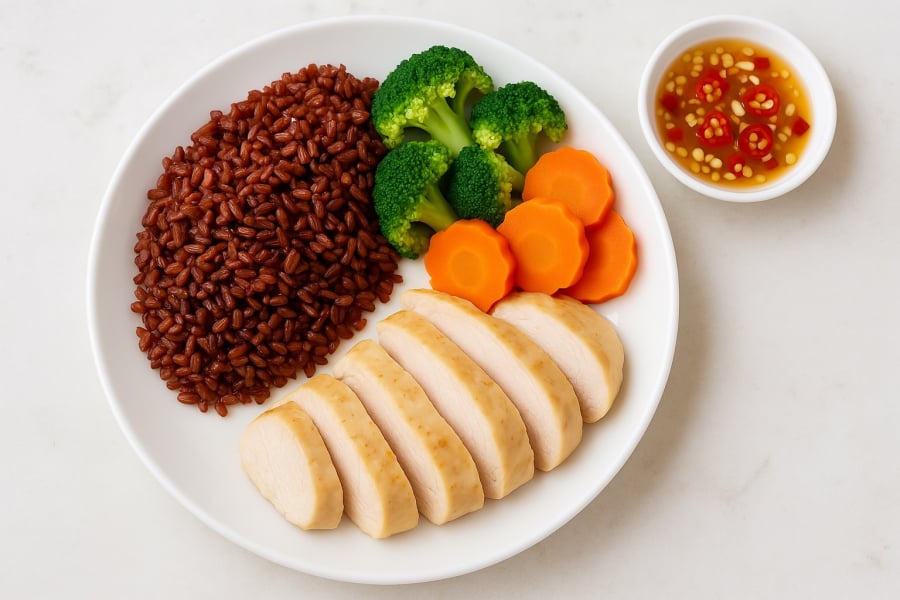
Special considerations
Although beneficial, brown rice contains phytic acid, which can inhibit the absorption of certain essential minerals. Therefore, it is advisable to alternate brown rice with other starch sources like oatmeal, buckwheat, or beans.
Particular attention should be paid by those with digestive issues, as the high fiber content in brown rice may cause discomfort.
Monitor and adjust
Individuals respond differently to brown rice. Therefore, regularly monitoring blood sugar levels after consumption is crucial to adjusting portions or preparation methods accordingly.
As Dr. Tra Phuong advised in Tuoi Tre Newspaper, “There is no one-size-fits-all formula. What matters is finding a diet that suits you and maintaining a healthy lifestyle.”
With these considerations in mind, hopefully, diabetics can maximize the benefits of brown rice in blood sugar control and develop a scientific and balanced diet. Remember, consulting a doctor or nutritionist is always the first and most important step before making any dietary changes.
“Unlocking Six Sensational Health Benefits: The Magic of Guava Leaf Tea”
“Hibiscus sabdariffa, more commonly known as roselle or sorrel, is a vibrant, tropical plant that boasts an array of health benefits. The calyces of the plant are used to create a nutritious drink, packed with antioxidants and vitamins, offering a natural way to boost your overall health and well-being. This natural remedy has been used for generations and is renowned for its ability to prevent and treat various ailments effectively and naturally.”

























